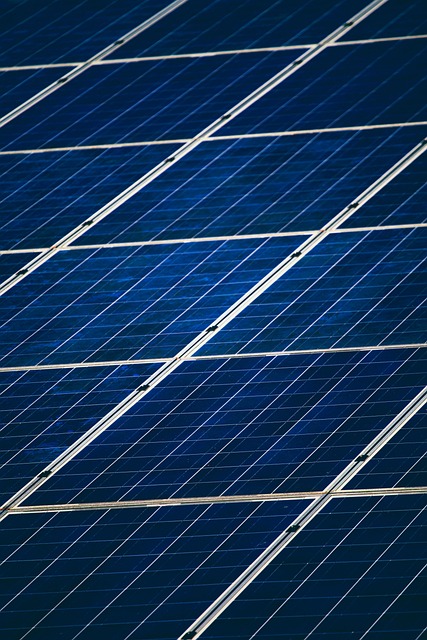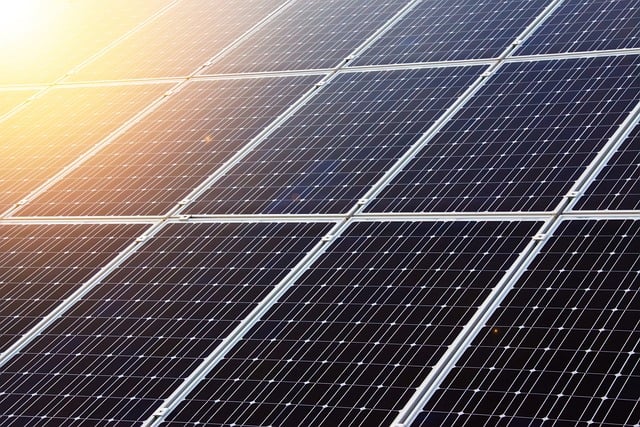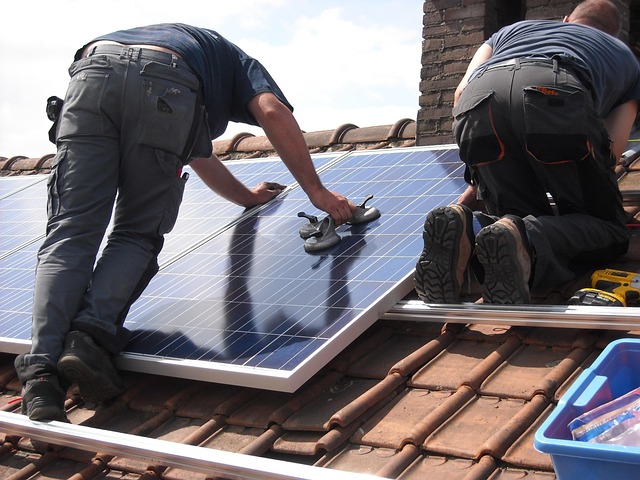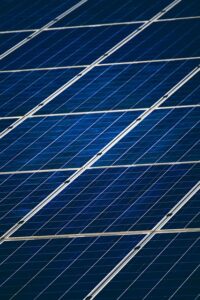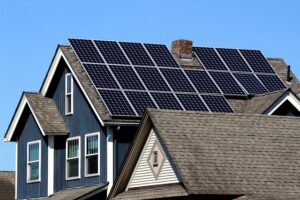Transforming Rooftops: The Rise of Solar Panels in Urban Spaces
As urban centers around the globe continue to grow, so does the demand for sustainable energy solutions. With sprawling cities grappling with the adverse effects of climate change, environmental degradation, and high energy consumption, the integration of renewable energy technologies has become more critical than ever. One of the most promising advancements in this arena is the rise of solar panels on urban rooftops. This article explores how solar technology is transforming urban landscapes, the benefits it offers, and the challenges that accompany its widespread adoption.
The Urban Energy Challenge
Urban areas account for a significant portion of global energy consumption, making them pivotal battlegrounds in the fight against climate change. Cities contribute over 70% of greenhouse gas emissions, primarily due to transportation, commercial activities, and residential energy use. Traditional sources of energy, such as fossil fuels, not only pollute the environment but also contribute to the increasingly volatile weather patterns that are characteristic of climate crisis.
Addressing these issues requires innovative solutions that can deliver clean, sustainable energy without compromising convenience or accessibility. Solar power offers an attractive alternative, with rooftop installations providing an efficient way to harness the sun’s energy right where it is needed most.
The Mechanics of Solar Energy
Solar panels, or photovoltaic (PV) systems, convert sunlight into electricity through a process called the photovoltaic effect. When sunlight hits the cells in the solar panels, it excites electrons, generating direct current (DC) electricity. This electricity can either be used immediately, stored in batteries for later use, or converted into alternating current (AC) electricity to power homes and businesses.
The ability to install solar panels on rooftops is particularly advantageous in urban environments. With limited space on the ground, utilizing rooftops allows cities to tap into their existing structures for energy production. This not only reduces the land use associated with conventional energy sources but can also enhance energy decentralization, contributing to a more resilient energy grid.
Benefits of Rooftop Solar Panels
Integrating solar panels into urban rooftops comes with a plethora of benefits for individuals, communities, and cities as a whole.
Environmental Impact
Solar power is a clean, renewable energy source. Transitioning to solar energy reduces dependence on fossil fuels, leading to lower carbon emissions and a smaller ecological footprint. Urban solar installations contribute significantly to the fight against climate change while improving air quality in cities plagued by pollution.
Economic Advantages
Investing in solar energy can lead to significant cost savings for both homeowners and businesses in urban settings. Once installed, solar panels provide free electricity for decades, resulting in reduced utility bills. Additionally, many regions offer tax credits, rebates, and incentives to encourage solar adoption, further enhancing the economic case for rooftop installations.
Energy Independence and Resilience
By generating power on-site, urban buildings gain a degree of energy independence. In times of grid outages caused by extreme weather or other disruptions, solar panels equipped with battery storage can provide crucial backup power. This resilience is particularly beneficial in densely populated urban areas where energy demands are high.
Enhancing Urban Aesthetics
While critics may argue that solar panels disrupt the aesthetic appeal of cityscapes, innovative designs are challenging this perception. Modern solar panels are becoming increasingly sleek and visually appealing, with options like building-integrated photovoltaics (BIPV) that blend seamlessly into the architecture of buildings. Rooftop installations can even double as green roofs, providing additional insulation and mitigating the urban heat island effect.
Challenges in Implementation
Despite the myriad benefits of solar panels in urban settings, several challenges impede their widespread adoption.
Regulatory Hurdles
Urban policies and regulations can create significant barriers to solar panel installation. Zoning laws, permitting requirements, and building codes may not be updated to accommodate modern solar technologies, leading to delays and added costs for potential solar owners. Advocacy for policy reform is needed to streamline these processes and make solar adoption more accessible.
Space Constraints
In densely populated cities, available roof space may limit the potential for solar installations. Factors such as neighboring buildings, shading, and structural integrity can pose challenges. However, creative solutions like community solar programs allow urban dwellers to invest in shared solar projects, broadening access to solar energy without the need for extensive rooftop installations on individual homes.
Initial Costs and Financing
Although the long-term savings associated with solar energy can be significant, the upfront costs of purchasing and installing solar panels can be a hefty barrier for many urban residents and businesses. Innovative financing options, such as solar leasing, power purchase agreements (PPAs), and integrated financing solutions from governments and institutions, can help alleviate the burden of those initial expenses, making solar energy more attainable.
Future Prospects and Innovations
The future of solar energy in urban spaces is bright, with ongoing advancements promising to optimize solar technology, improve efficiency, and broaden accessibility.
Smart Solar Technologies
The integration of smart technologies with solar energy systems can enhance performance and monitoring capabilities. Smart grid technologies enable real-time data analysis and demand response management, allowing energy consumption to be optimized based on availability and price. Furthermore, innovations in artificial intelligence and machine learning can lead to predictive maintenance, ensuring solar systems operate at peak efficiency throughout their lifespan.
Community Solar Initiatives
Community solar programs represent a revolutionary approach to energy generation in urban spaces. These initiatives allow multiple participants to benefit from a single solar array located offsite. Low-income residents and renters—who may not have access to suitable rooftop space—can now invest in renewable energy, promoting equity and inclusion in the transition to clean energy.
Rooftop Agriculture
The rising interest in urban agriculture presents an exciting opportunity to synergize with solar energy. By integrating solar panels into rooftop garden spaces, cities can optimize land utilization, increase food production, reduce heat absorption, and generate renewable energy simultaneously. This holistic approach could enhance food security and contribute positively to urban biodiversity.
Conclusion
The rise of solar panels in urban spaces marks a pivotal shift towards sustainable energy solutions that are both practical and necessary in addressing climate change. As cities increasingly embrace solar technology, we have the opportunity to create a cleaner, more resilient, and aesthetically pleasing urban environment that benefits both residents and the planet. The collaboration of communities, policymakers, and innovative thinkers is essential to overcoming the challenges and unlocking the full potential of rooftop solar energy. Embracing this transformation not only preserves the world we live in but paves the way for future generations to thrive.
